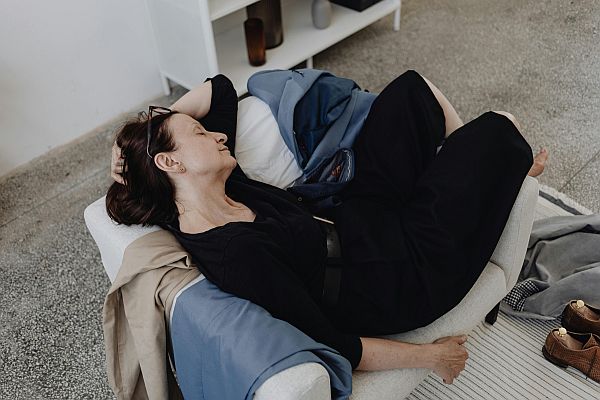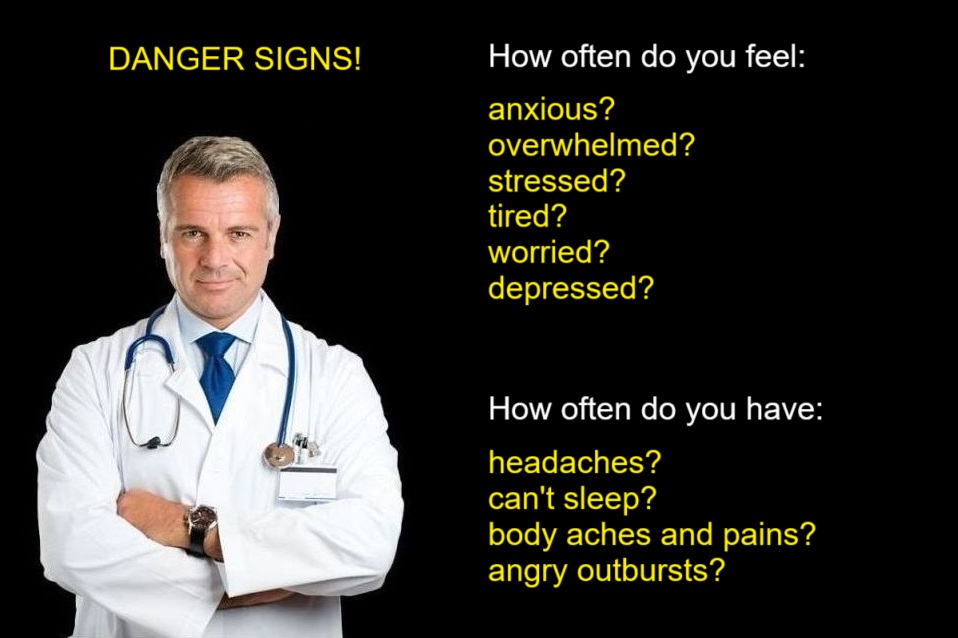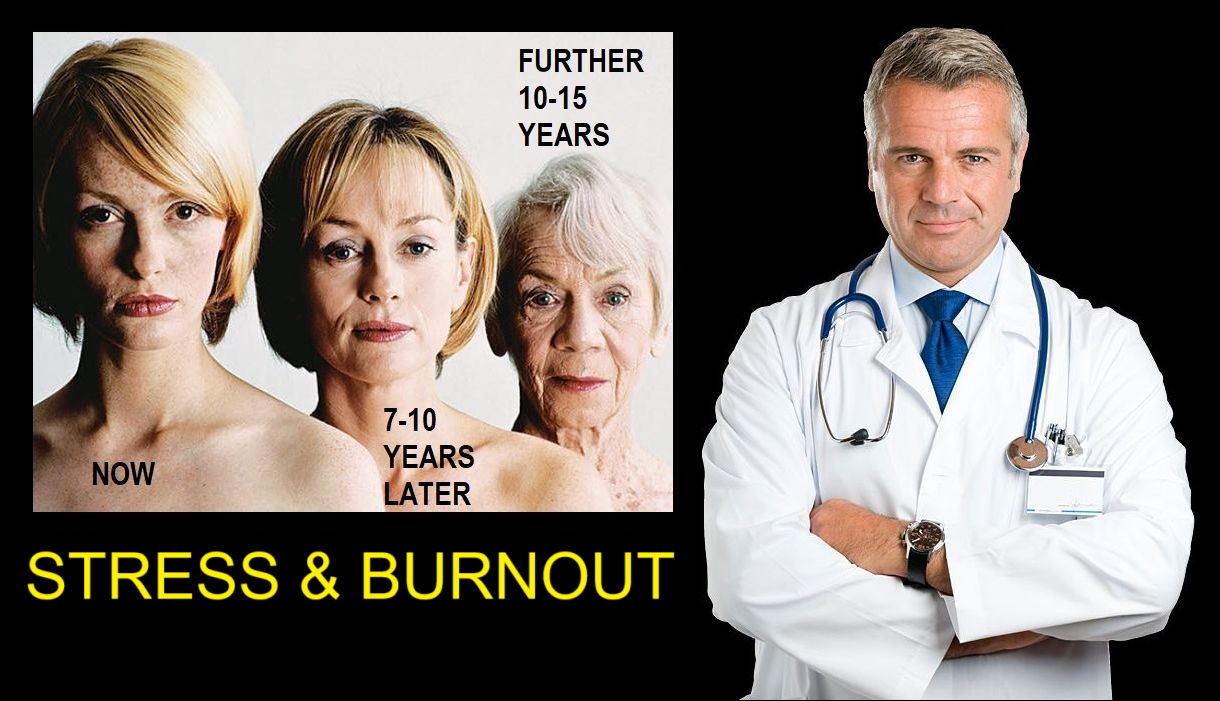Last Updated on June 26, 2025 by Bertrand Clarke
In a world where grabbing a quick nap during the day is often seen as a harmless way to recharge, new research is turning heads by suggesting that certain napping habits might be more than just a quirky routine—they could be a subtle warning sign of underlying health issues for middle-aged and older adults. A groundbreaking study presented at the SLEEP 2025 annual meeting in Seattle has revealed that how, when, and how long you nap could be linked to an increased risk of mortality, prompting experts to urge a closer look at daytime sleep patterns as part of routine health assessments.
The Study: A Deep Dive into Napping Behaviors
The research, led by Chenlu Gao, PhD, a postdoctoral research fellow at Massachusetts General Hospital and Harvard Medical School, analyzed data from the UK Biobank, a massive biomedical database. The study tracked 86,565 non-shift-working adults, with an average age of 63 years, over an 11-year period. Participants wore actigraphy devices—wearable trackers that monitor movement—for seven days to objectively measure their napping habits, defined as sleep between 9 a.m. and 7 p.m. During the follow-up, 5,189 participants (6%) passed away, and the findings pointed to some surprising correlations.
The study found that longer naps, greater variability in nap duration, and naps taken around midday or early afternoon were associated with a higher risk of all-cause mortality. Specifically, naps longer than 30 minutes were linked to a 20% increased mortality risk (hazard ratio [HR]: 1.20; 95% CI: 1.16–1.24), while irregular napping patterns showed a 14% higher risk (HR: 1.14; 95% CI: 1.10–1.18). Naps between 11 a.m. and 3 p.m. were also tied to a 7% increased risk (HR: 1.07 for both 11 a.m.–1 p.m. and 1 p.m.–3 p.m.). These results held even after adjusting for factors like age, body mass index (BMI), smoking, alcohol consumption, and nighttime sleep duration.
What’s Behind the Nap-Mortality Link?
While the idea of a nap being a health risk might sound alarming, experts caution that it’s not the act of napping itself that’s the problem—it’s what those naps might be signaling. “Longer or more irregular naps may reflect poor nighttime sleep, circadian rhythm disruption, or underlying health conditions,” Gao explained in an interview with Medscape Medical News. Conditions like sleep apnea, cardiovascular disease, metabolic disorders, or even early signs of neurodegenerative diseases could be driving the need for frequent or extended daytime sleep.
Dr. Neal Walia, a sleep specialist at UCLA Health, emphasized that the timing of naps matters. “Napping heavily in the middle of the day could indicate an underlying issue causing excessive tiredness,” he told Health. For instance, sleep disorders like sleep apnea or medical conditions such as heart disease or chronic obstructive pulmonary disease (COPD) can disrupt nighttime sleep, leading to a reliance on daytime naps. These conditions, rather than the naps themselves, may be the true culprits behind the increased mortality risk.
The study also highlighted the prevalence of napping among middle-aged and older adults. The median nap duration was 40 minutes per day, with 34% of naps occurring between 9 a.m. and 11 a.m., 10% between 11 a.m. and 1 p.m., 14% between 1 p.m. and 3 p.m., 19% between 3 p.m. and 5 p.m., and 22% between 5 p.m. and 7 p.m. This widespread habit suggests that napping is far more common than previously thought, making it a critical area for health research.
A Global Perspective on Napping
The findings echo similar research conducted in other parts of the world. For example, a 2023 study from the China Health and Retirement Longitudinal Study (CHARLS) found that naps longer than 60 minutes were associated with a 35% higher risk of all-cause mortality (HR: 1.35; 95% CI: 1.17–1.56) among middle-aged and older Chinese adults. Interestingly, shorter naps (less than 30 minutes) showed no significant risk, and in some cases, were linked to a reduced risk of premature mortality.
This aligns with cultural differences in napping habits. In Mediterranean countries, the “siesta” is a long-standing tradition, often lasting an hour or more, while in places like the United Kingdom, where the UK Biobank study was conducted, daytime napping is less culturally ingrained. This raises questions about whether napping is a marker of health issues in populations where it’s not a norm, as it might indicate underlying sleep disturbances or health problems rather than a deliberate lifestyle choice.
The Bright Side of Napping
Not all naps are cause for concern. Short “power naps” of 15 to 30 minutes, particularly in the early afternoon (1 p.m. to 4 p.m.), are still recommended by sleep experts for boosting alertness and productivity without disrupting nighttime sleep. A 2024 study from Johns Hopkins Medicine found that naps of 30 to 90 minutes in older adults were associated with better word recall and cognitive performance, suggesting that well-timed, moderate naps can support brain health. However, naps exceeding 90 minutes were linked to cognitive decline, likely due to poor nighttime sleep quality.
Dr. Charlene G. Gamaldo, medical director of the Johns Hopkins Sleep Disorders Center, advises that a quick catnap of 20 to 40 minutes can be restorative, but longer naps may lead to grogginess or “sleep inertia,” which can impair performance immediately after waking. She recommends napping between 1 p.m. and 4 p.m. to align with natural sleep-wake cycles and avoid interfering with nighttime sleep.
Implications for Healthcare
The study’s findings have sparked a call for clinicians to pay closer attention to napping habits during routine health checkups. Dr. James A. Rowley, a professor at Rush University Medical Center, suggests that physicians should ask patients not only about their nighttime sleep but also about daytime napping. “If someone is napping frequently or for long periods, it’s worth exploring why,” he told Medscape Medical News. Key questions include whether the patient is getting enough quality sleep at night or if an underlying condition, such as sleep apnea or heart disease, might be contributing to daytime fatigue.
This approach could lead to earlier detection of health issues. For example, excessive daytime sleepiness is a hallmark symptom of sleep apnea, which affects an estimated 17% of adults aged 50 to 70, according to the American Academy of Sleep Medicine (AASM). Untreated sleep apnea is linked to a higher risk of cardiovascular events, making it a critical condition to identify and treat.
What Can You Do?
For middle-aged and older adults, the study underscores the importance of evaluating napping habits as part of overall health management. Here are some practical steps to ensure your naps are helping, not harming, your health:
- Keep Naps Short: Aim for 15 to 30-minute power naps to boost alertness without disrupting nighttime sleep.
- Time It Right: Nap in the early afternoon (1 p.m. to 4 p.m.) to align with your body’s natural circadian rhythm.
- Monitor Nighttime Sleep: If you’re relying on long or frequent naps, consult a healthcare provider to assess your nighttime sleep quality. Conditions like sleep apnea or insomnia could be at play.
- Maintain a Consistent Schedule: Irregular napping patterns may disrupt your body’s internal clock, so try to nap at the same time each day if needed.
- Address Underlying Conditions: Persistent daytime sleepiness could signal health issues like cardiovascular disease, diabetes, or depression. Seek medical advice if napping feels like a necessity rather than a choice.
The Road Ahead
While the study provides compelling evidence, it’s not without limitations. Actigraphy, while objective, can’t distinguish between sleep and quiet wakefulness, meaning some “naps” may have been misclassified. Additionally, the findings may not apply universally, as cultural and environmental factors influence napping habits. Gao and her team are calling for further research to explore the biological mechanisms behind these associations, such as inflammation or circadian rhythm disruptions, and to investigate specific causes of death.
As the conversation around sleep and health evolves, this study serves as a wake-up call to rethink napping. Far from being just a midday indulgence, your napping habits could be a window into your overall health. So, the next time you feel the urge to doze off, consider not just the nap itself but what it might be telling you about your body’s needs.









